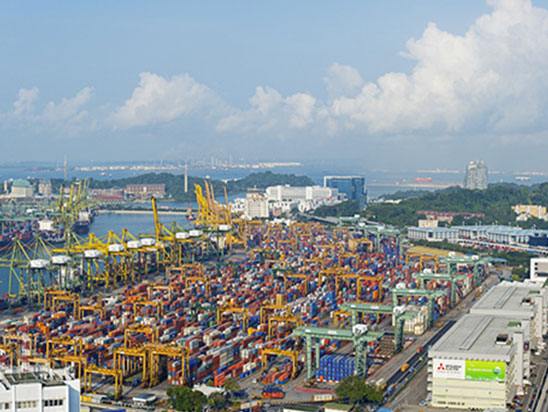Charting Singapore’s Maritime History
Singapore’s historical landmarks show the importance of the sea to the nation. Take a tour of these maritime landmarks with the interactive map below.
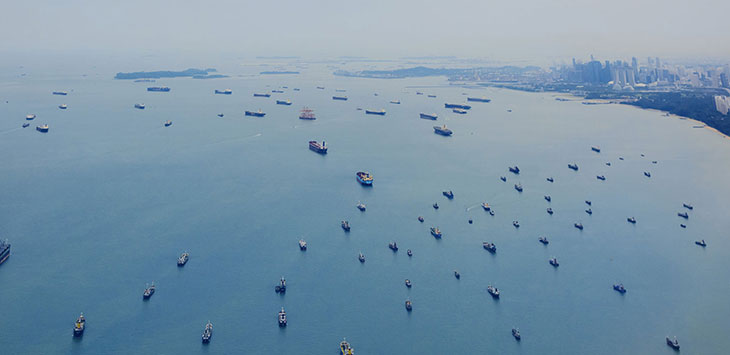
Singapore owes its success to the sea. Its role as a trading hub transformed a once-sleepy village into a First World economy. Evidence of our illustrious maritime history and Singapore’s early maritime defences can still be found along our coastlines. These landmarks are eloquent reminders of why we in the Republic of Singapore Navy (RSN) go out to sea: for our maritime nation to thrive, we need a ready, strong and committed maritime force to defend us.
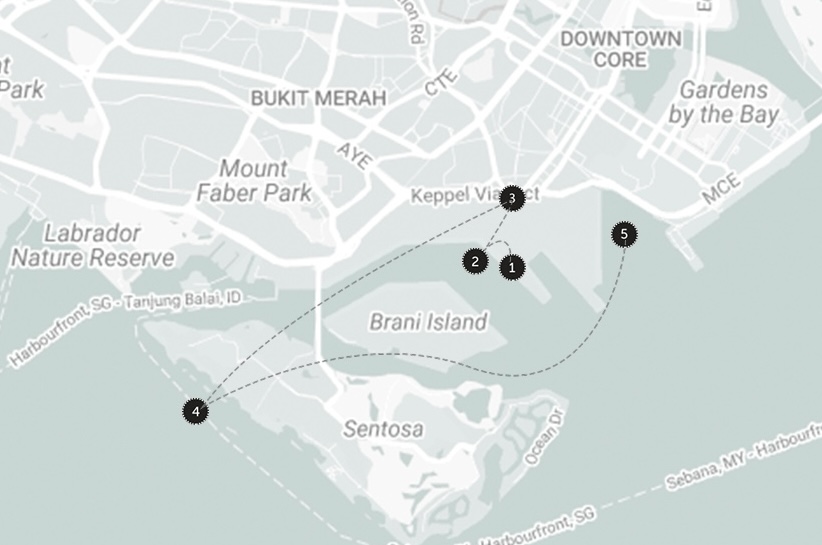
1. Fort Siloso
Fort Siloso was built on Sentosa in the late 19th century to defend Singapore from sea invasions. During the colonial era, Singapore was an important British trading port, and the British needed to defend the wealth of the sea trade that passed through Singapore's water. The need still holds true today, as maritime trade is a key part of our economy. But now, it falls upon Singaporean in the RSN and other maritime agencies to protect our maritime nation.
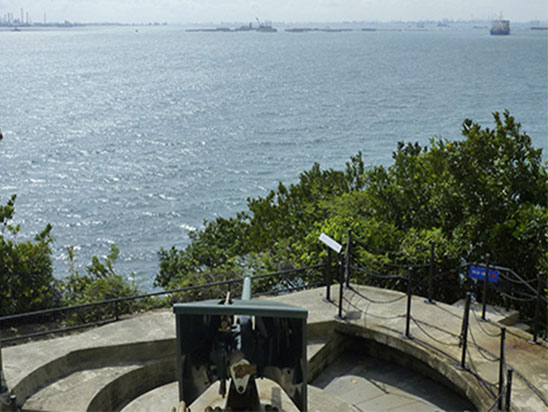
2. Long Ya Men
Long Ya Men ("Dragon's Teeth Gate" in Chinese) was a rock formation that once stood at the mouth of Keppel Harbour. From as early as the 14th century, it served as a navigational marker for ancient mariners sailing through the Straits of Singapore. At the time, Temasek, as Singapore was then know, was already seen as a strategic trading hub along the maritime trade route between the East and West, receiving sailors from places like China and Portugal. Even though the actual rock formation no longer exists, a replica can be seen today at Labrador Park. It is a reminder of Singapore's importance as a trading port, even today.
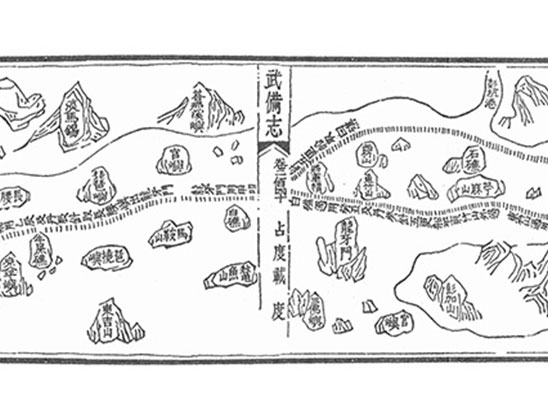
3. Keppel Bay
Keppel Bay is home to some of Singapore's oldest docks. In the 19th century, Keppel Bay's deep, sheltered waters, modern facilities, and support services like bunkering and cargo-handling made it the ideal port for large ocean-going merchant ships. By developing the wharves, Singapore was perfectly positioned to take advantage of the opening of the Suez Canal, which led to increased trade between Europe and Asia. A year after the canal opened, in 1870, Singapore's total trade reached $71 million, up from only $39 million the year before. With this growth in trade, Singapore saw the British building up the island's naval defence (see: Fort Siloso). Today, our nation continues to rely on a robust naval defence for trade to thrive.
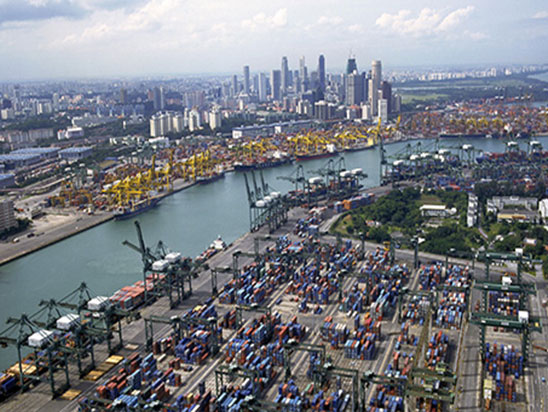
4. Pulau Bukom
The offshore island of Pulau Bukom has a long history with the petrochemical industry. It started 127 years ago in 1891, when it was a petroleum tank depot. Today, Pulau Bukom is the largest wholly-owned Shell refinery in the world in terms of crude distillation capacity, producing 500,000 barrels per day. Ninety percent of the products from Pulau Bukom are exported to countries in the Asia-Pacific region and beyond. With the sea ferrying such essential goods around the world, it is vital to protect the flow of these goods.
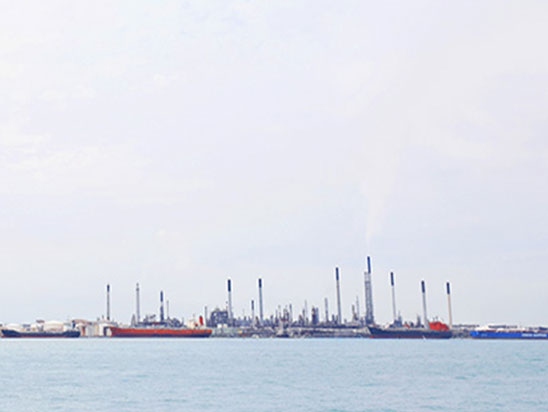
5. Keppel Harbour
Keppel Harbour is Singapore's largest container terminal. In 2016, Singapore handled about 25 million containers. This high volume of traffic has made Singapore the busiest transshipment hub in the world. In fact, Singapore accounts for 15 percent of the world's total container transshipment volume. Not only is seaborne trade a key part of our maritime nation's economy, the trade that passes through Singapore's waters contributes significantly to the global economy, too. If the trade flowing through our waters is threatened, it will affect the rest of the world. By keeping our waters safe, the RSN is protecting Singapore's interests at home and abroad.
